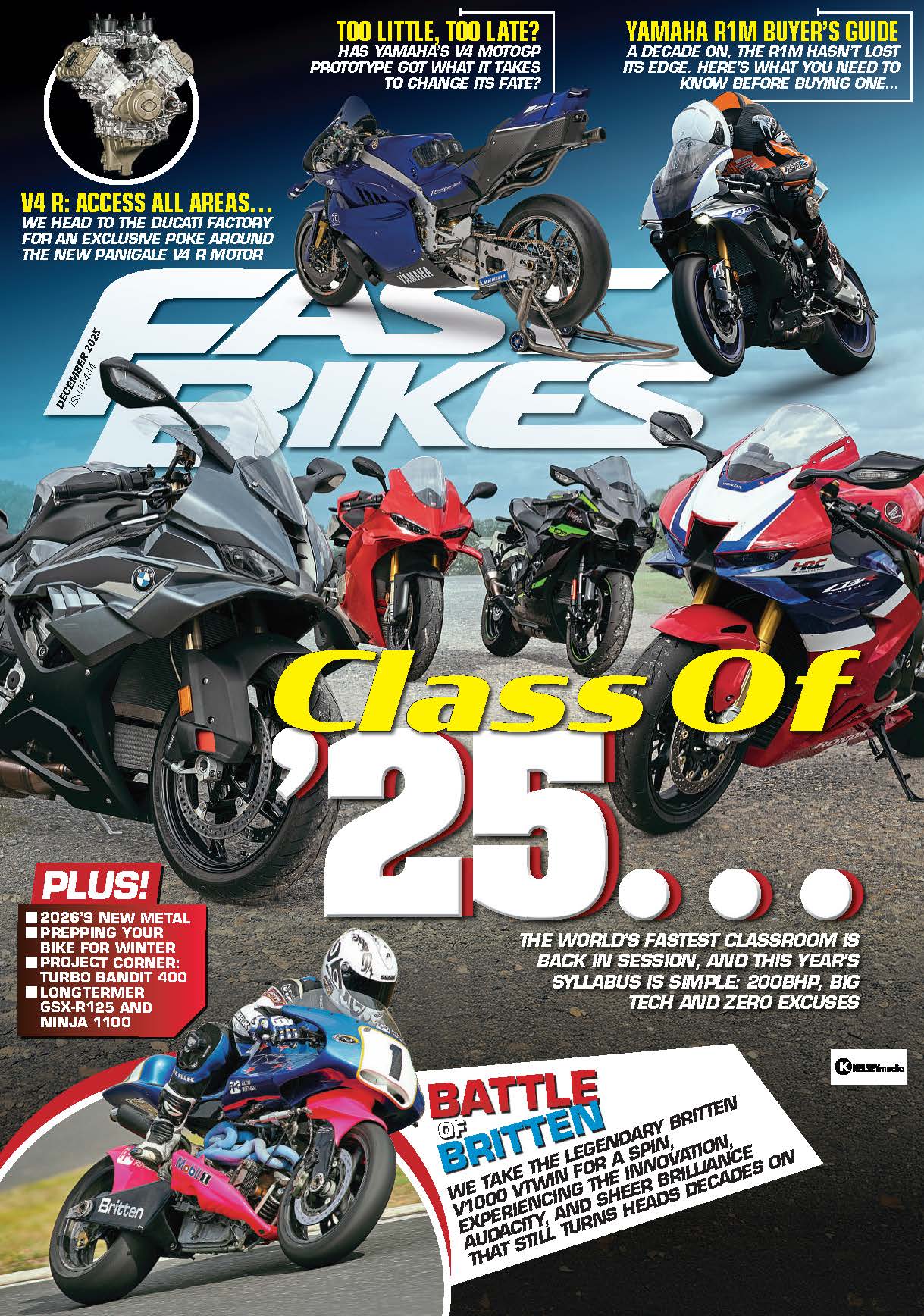Old-school looks with modern performance, the Ducati 1098 and 1198 models offer the best of both worlds.
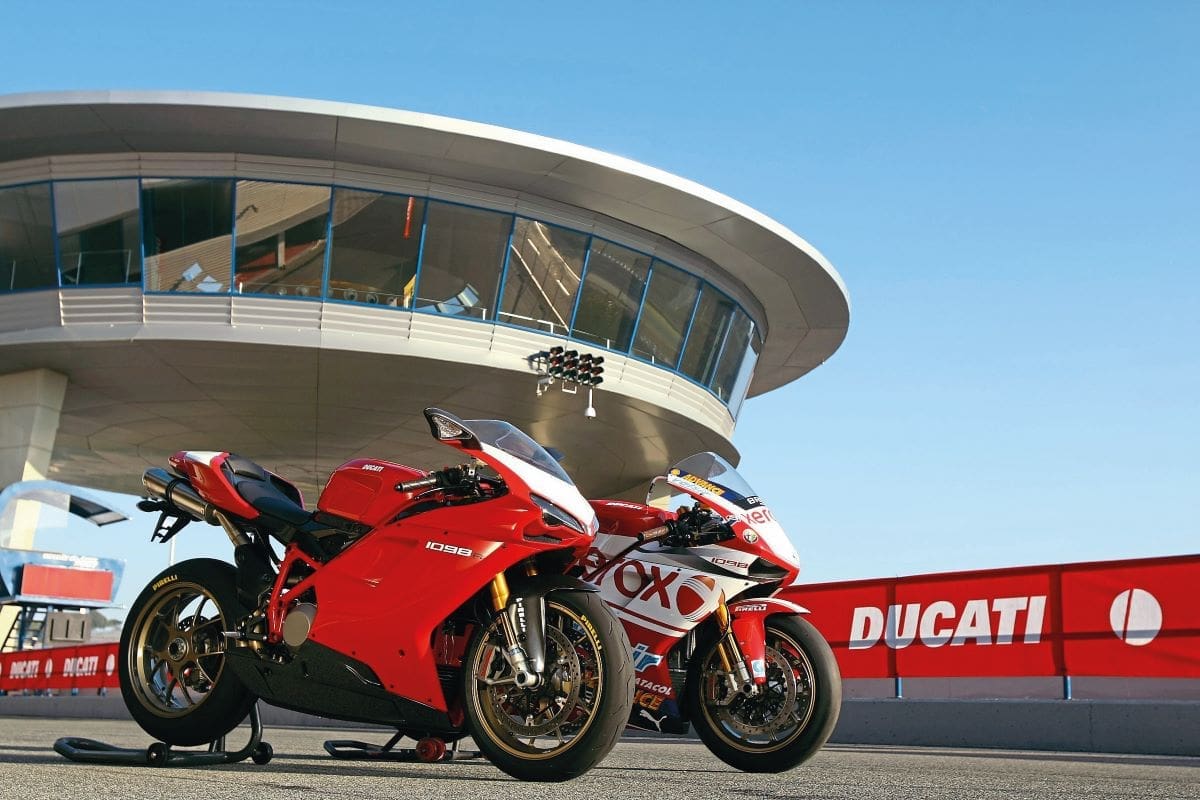
Words: Jon Urry Pics: Mortons Archive
When it comes to Ducati sportsbikes, there are certain boxes that absolutely must be ticked for them to be classed as true Bologna-built thoroughbreds. One or two of these boxes may be controversial, especially in light of modern trends, but if you are a Ducati purist this is how the checklist to superbike perfection goes…
Enjoy everything More Bikes by reading the MoreBikes monthly newspaper. Click here to subscribe, or Read FREE Online.
Box one is simple: a Ducati sportsbike has to look beautiful. Box two is equally uncomplicated: a Ducati sportsbike has to sound amazing. Box three is a bit more open to debate: a proper Ducati sportsbike has to be a V-twin. Box four is unquestionable: a Ducati sportsbike has to have won a WSB title. And finally there is box five: a Ducati sportsbike has to handle fantastically. Obviously, there are a few bonus boxes that if ticked are great news, such as the bike packing a bit of clever tech, featuring eye-catching components and ideally also available in a few special editions should you wish to push the budget, but these are all above and beyond the basics. And there is one family of Ducati sportsbikes that ticks every box and even knocks off the bonuses as well – the truly fantastic 1098 and 1198 models.
Replacing the 999 (which failed at box one…) and running until the 1199 Panigale replaced it (and failed to tick box four…), like Superman the 1098 and 1198 models arrived just at the point when Ducati was in desperate need of a saviour. Hit hard by the double whammy of the 999’s failure in showrooms and the resurgence of the Japanese-built inline-four litre bikes, Ducati needed an all-new bike to restore its reputation as a builder of the most desirable sportsbikes on the planet. And boy, did the 1098 and subsequent 1198 do that – not only in terms of performance, but also looks, track pedigree and reliability.

Starting at the heart, this generation of V-twin sportsbike is powered by the Testastretta Evoluzione motor. A ground-up new V-twin, the Evo engine was designed with modern engineering techniques and manufacturing processes at its very core, and that equals not only vastly better reliability than the older Testastretta V-twin motor, but also reduced servicing costs and much, much more performance. In an era of inline-fours claiming more than 170bhp, that was a desperately needed step.
Arriving with a claimed 160bhp that was backed up by 122Nm of torque, the 1098 was the most powerful V-twin sportsbike the firm had ever made – until the 1198 replaced it and moved the game on a stage further with a claimed 170bhp and 131Nm of torque! But unlike the subsequent Panigale models, this power is delivered in a traditionally lazy V-twin way, making the 1098 and 1198 models an absolute joy to ride.
Engineered with low and midrange torque at its core, the Evo engine delivers absolutely everything you could ever want in a V-twin. Beautifully responsive and with a classically soulful exhaust note (that’s box two ticked), the Evo motor drives forward with effortless speed and more than enough top-end to thrill. To be completely honest, for road riding the 1098 delivers more than enough grunt and the 1198’s extra kick can be a touch intimidating (the S has traction control, the stock 1198 doesn’t) but once you get used to it, either bike will leave you grinning from ear to ear as you wind on the gas and revel in its instant punch. And come the corners, box five is more than ticked…
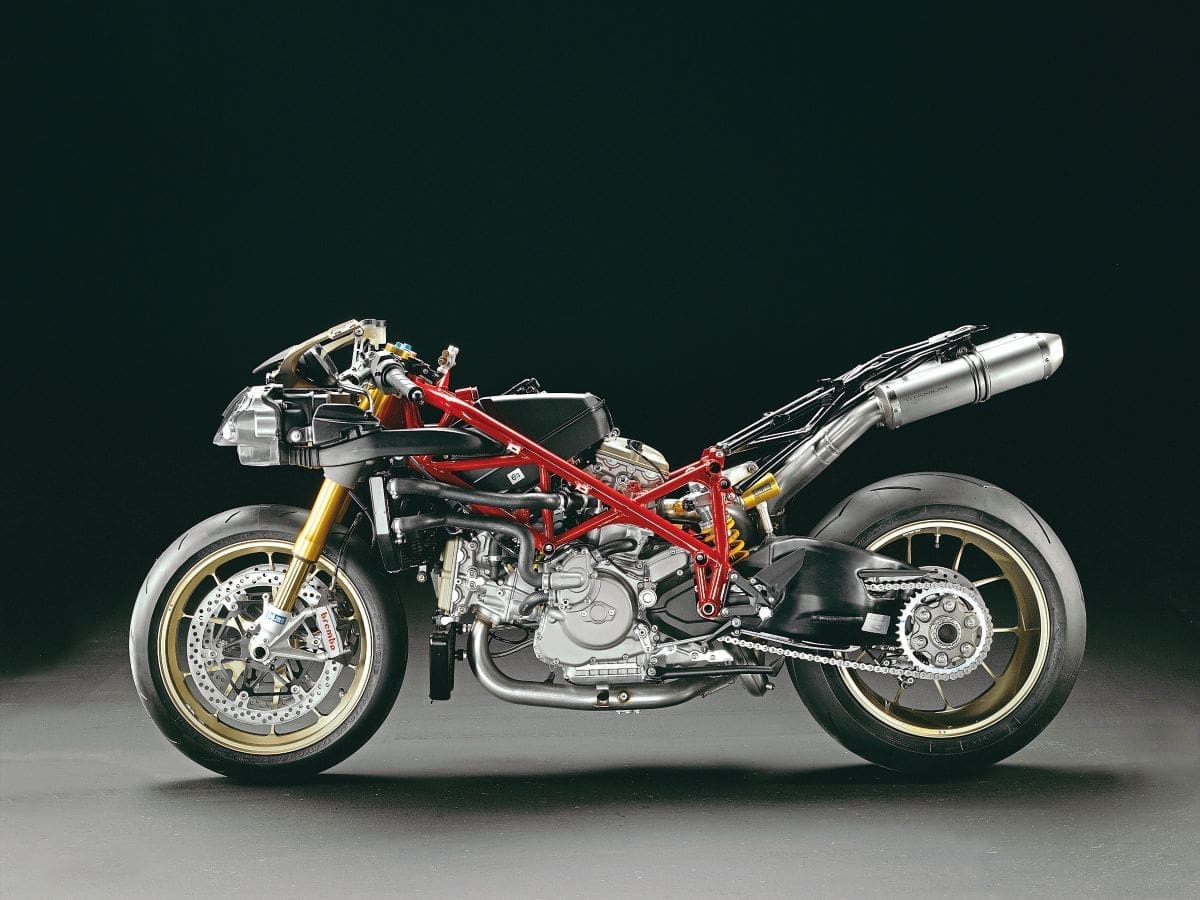
Aligned to this new engine is a redesigned trellis chassis that looks stunning thanks to a classic single-sided swingarm, underseat pipes, elegant face and 916-style silhouette (box one, tick) – and it works brilliantly. Having studied the competition, Ducati’s design department made a conscious effort with the 1098 and 1198 to give the new superbike more of a ‘Japanese’ feel. To achieve this, the team dialled back the traditional lazy turn-in that previous incarnations had and instead added greater urgency to the new model’s steering without sacrificing any mid-corner poise. If you are used to the handling traits of an inline-four, the 1098 and 1198 feel far more natural to ride than something like a 998 or 999, which can be a bit of a struggle to get into bends. And if you opt to buy an S model, it comes with lightweight wheels and Öhlins suspension, further enhancing its agility and also its kerb appeal.
For many riders, the thought of owning a Ducati sportsbike is appealing, but they tend to default to a Japanese bike because of the old stigmas surrounding Bologna’s machines. While there is no denying the 1098 and 1198 are noticeably pricier than a Japanese bike to buy, thanks to extended service intervals and a good reliability record, they’re not that much more expensive to run if you tend not to do huge mileages. Add to this the fact they depreciate far less than a Japanese bike, and the 1098 and 1198 start to make much more sense.
Yes, they certainly have their quirks, but if you have that nagging itch to own a Ducati sportsbike once in your life, the 1098 or 1198 are the best introduction. In fact, they are very nearly the perfect Ducati sportsbikes…
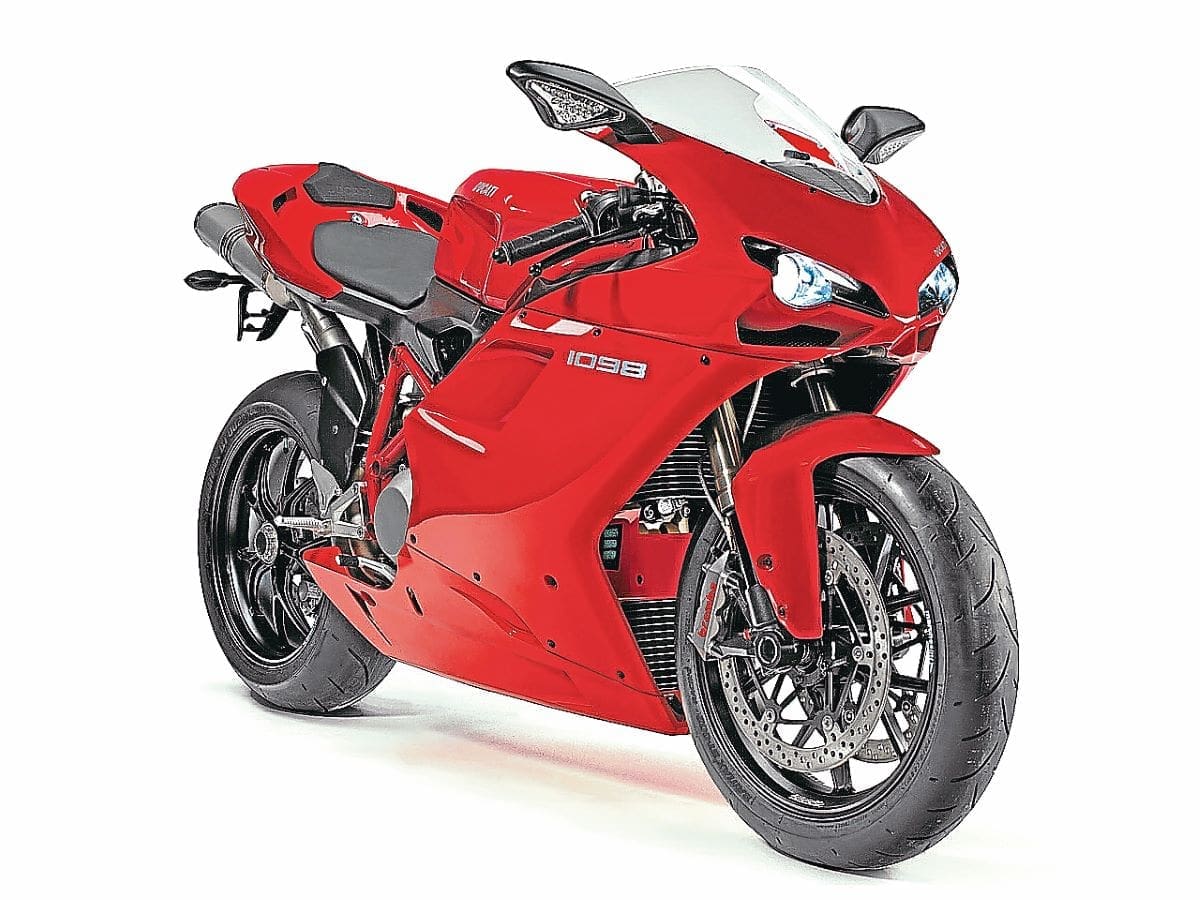
Fuel filter
There is a fuel filter located within the tank that often gets clogged up, robbing the bike of performance. It’s a fairly easy job to swap it but it regularly gets overlooked during services. If the bike feels lethargic, look here first.
ECU
The ECU stores fault codes, which can cause it to become a bit ‘clogged up’ and slow, much like what happens on an old computer. A Ducati service centre or dyno house should be able to access the ECU and reset it, removing old data and allowing it to run better. It makes quite a noticeable difference to the bike’s feel.
Swingarm
Early 1098 models trap water in their swingarm where the lower end of the shock mount sits, creating a rust spot. Ducati fixed the issue on later bikes and the 1198 through a drain hole but if the bike lacks this, check the area well for corrosion. It is possible to recreate the drain hole by drilling the swingarm but this is best left to someone who knows what they are doing!
Gearing
The 1098 (don’t bother on the 1198…) can be given a bit of extra punch through altered gearing. Dropping one tooth on the front sprocket or adding two to the rear makes quite a noticeable difference to the bike’s acceleration and you certainly won’t miss the top end speed on the road.
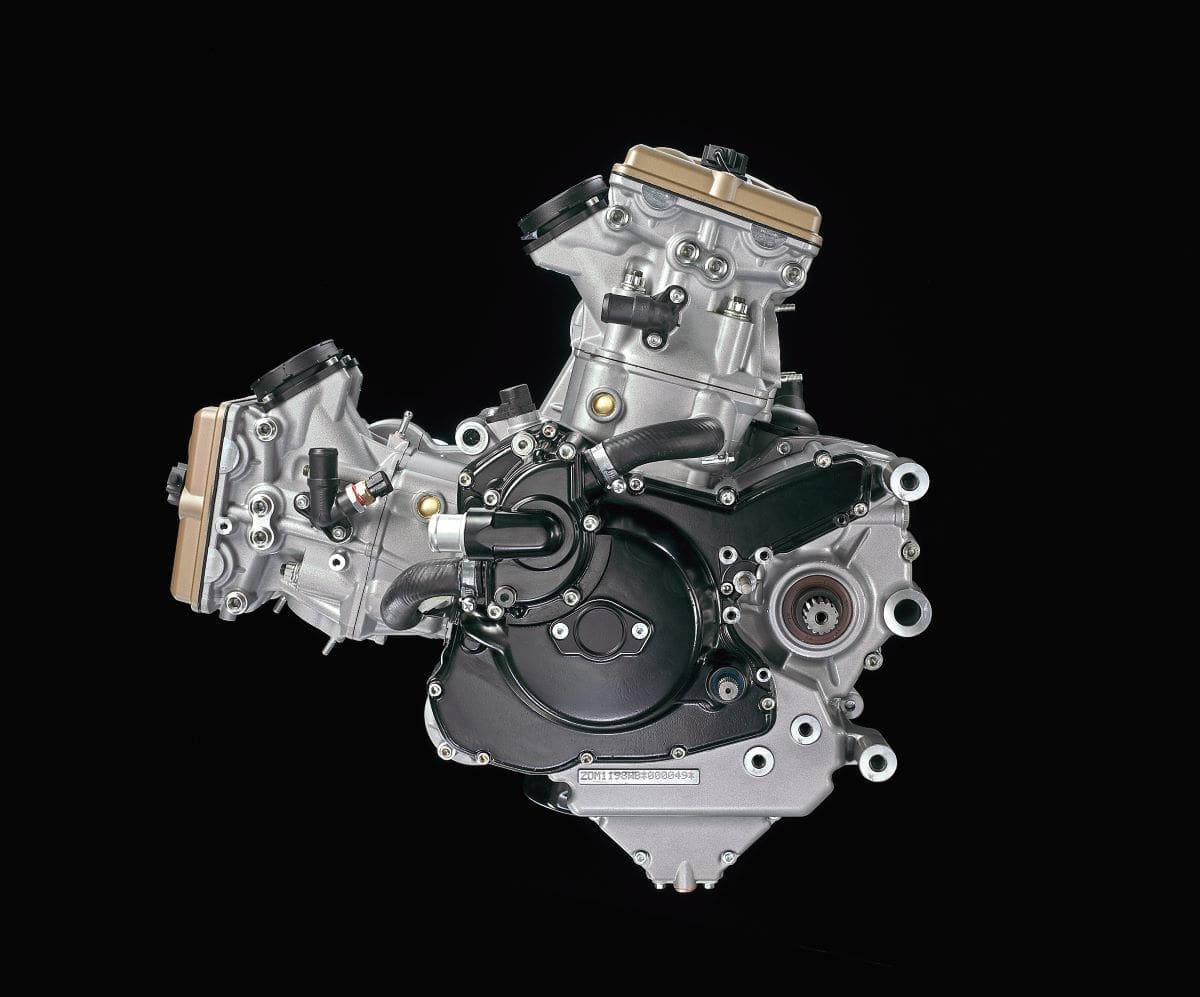

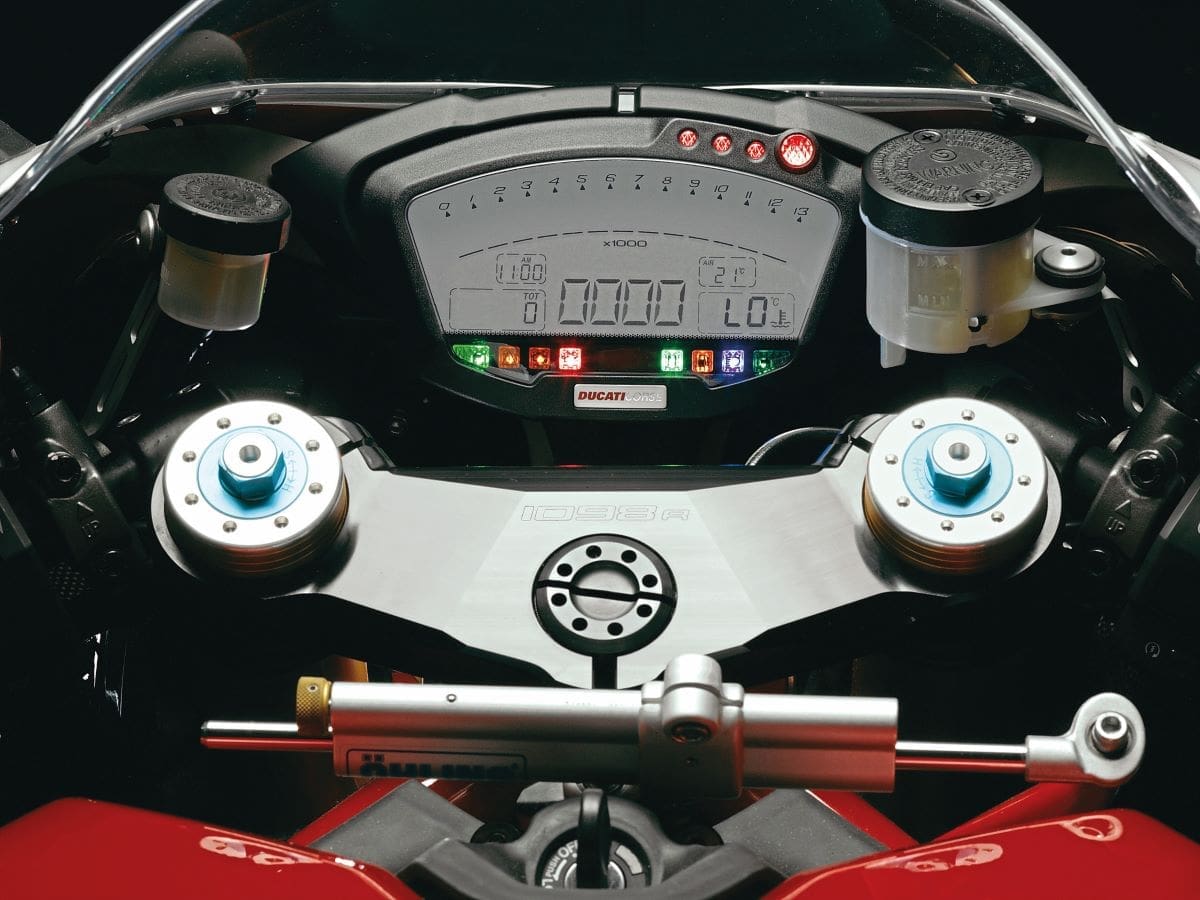
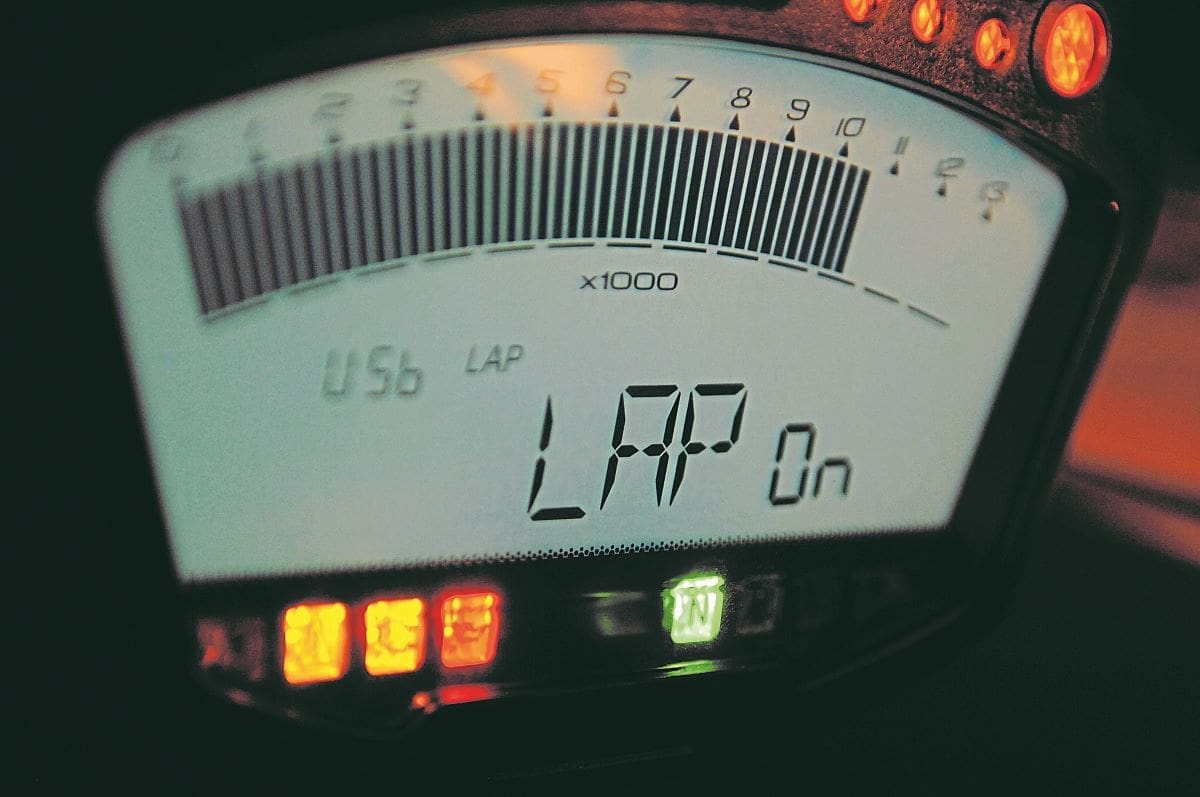
Corse and SP models
In 2010 Ducati launched the Corse Special Edition 1198S (and R), which featured an aluminium tank and new paint work. In 2011 the 1198 SP replaced the 1198S and added a quickshifter, larger aluminium tank and slipper clutch to the S model’s base. Prices start at £12,000 for the Corse 1198S and about £13,000 for the more desirable SP.
Clutch
The clutch slave cylinder isn’t the strongest unit and is known to leak, leading to clutch fluid attacking the paint around where it is mounted. Check for any signs of flaking paint and if the bike is tricky to get into gear, assume the system either needs bleeding or there is a leak. Aftermarket slave cylinders are cheap and far more robust than OE Ducati units.
Servicing
Both the 1098 and 1198 fall under Ducati’s ‘extended service’ schedule, which means they need the ‘desmo’ valve-clearance check at 7500 miles and the cam belts every 15,000 miles or five-years, whichever comes first. That’s far better news for your wallet than having to swap the belts every two years!
Breather
The fuel tank’s breather pipe is prone to getting blocked, creating a vacuum in the tank and sapping the bike’s power. If there is a larger than normal hiss when you open the tank, it is worth checking the breather is nice and clear.
Sprag clutch
As the V-twin has very high compression, always listen out for squeak on start-up that hints at a worn sprag clutch. If the bike’s battery isn’t fully charged, it won’t deliver enough umph to the starter and that can lead to a damaged sprag clutch, which is quite expensive to get replaced.
Fuel filter
There is a fuel filter located within the tank that often gets clogged up, robbing the bike of performance. It’s a fairly easy job to swap it, but it regularly gets overlooked during services. If the bike feels lethargic, look here first.
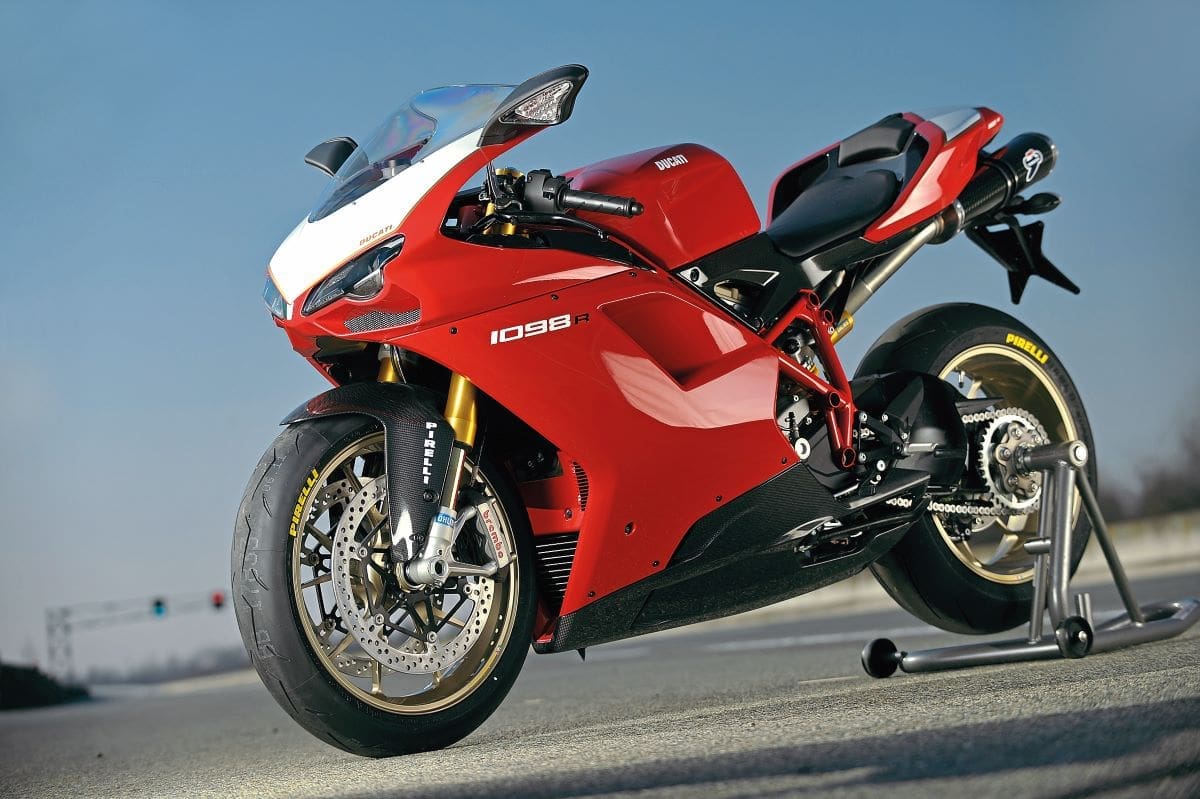
Running costs:
Service interval:
Minor: 7,500
Major: 15,000
Valve clearances: 15,000
Service costs:
Minor: £500
Major: £800
Valve clearances: £800
Right fairing: £379.67
RH Engine casing: £59.78
Brake lever: £76.62
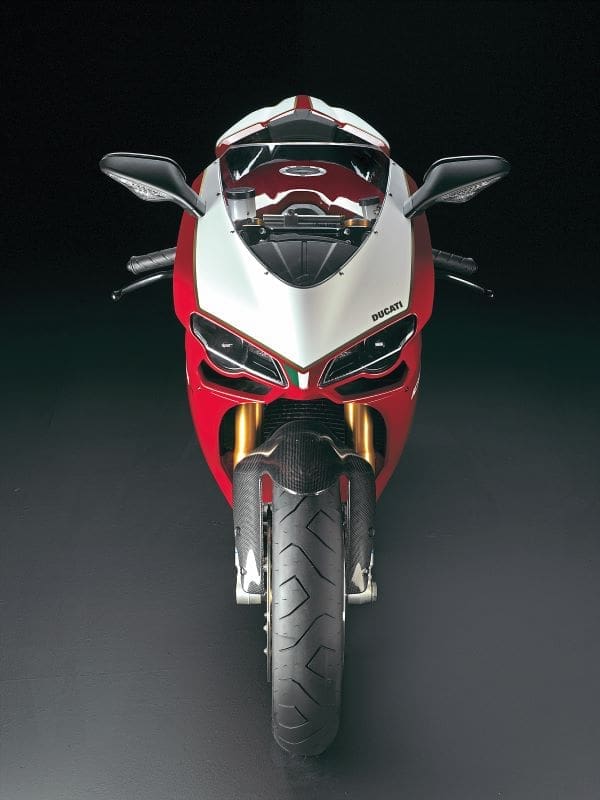
Verdict: 9/10
9/10
Both the 1098 and 1198 are fantastic sportsbikes that look amazing, have a beautiful (and reliable!) V-twin motor and handle brilliantly. Proper Italian thoroughbreds.
+ Stunning V-twin engine, excellent reliability, great looks
– The 1198’s stomp can be a touch aggressive
Also consider these…
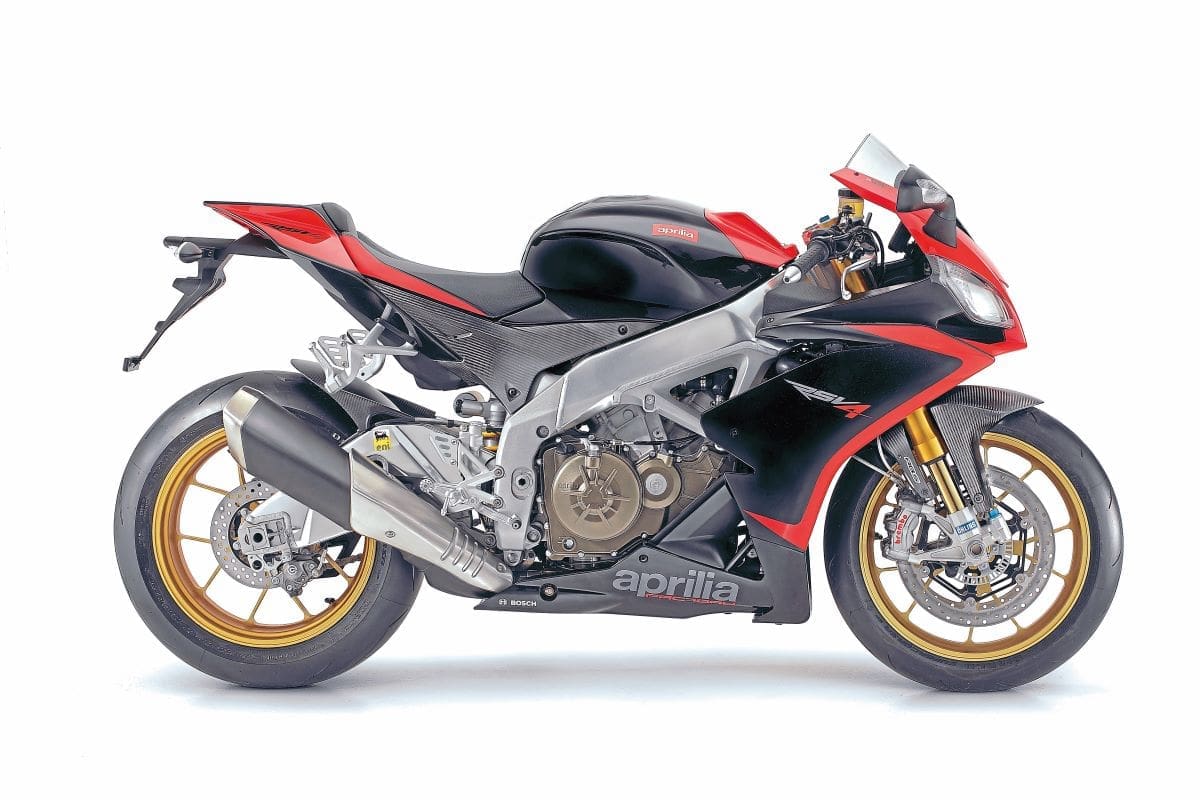
2012 Aprilia RSV4 Factory APRC
Private: £6500 Dealer: £7500
Although the RSV4 arrived earlier, the 2012-onwards bikes come with Aprilia’s APRC electronics package, which is worth having. A full-on superbike with lights.
Engine: 999.6cc, l/c, 8v, V4
Power: 156bhp @ 13,000rpm
Torque: 102Nm @ 10,250rpm
2011 KTM RC8 R

Private: £6000 Dealer: £7500
Avoid the base RC8 and buy the more powerful R version. It is physically roomier than the Ducati and has a great chassis and engine as well as unique looks – but no electronics.
Engine: 1195cc, l/c, 8v, V-twin
Power: 150bhp @ 10,300rpm
Torque: 112Nm @ 6750rpm
2009 Yamaha YZF-R1
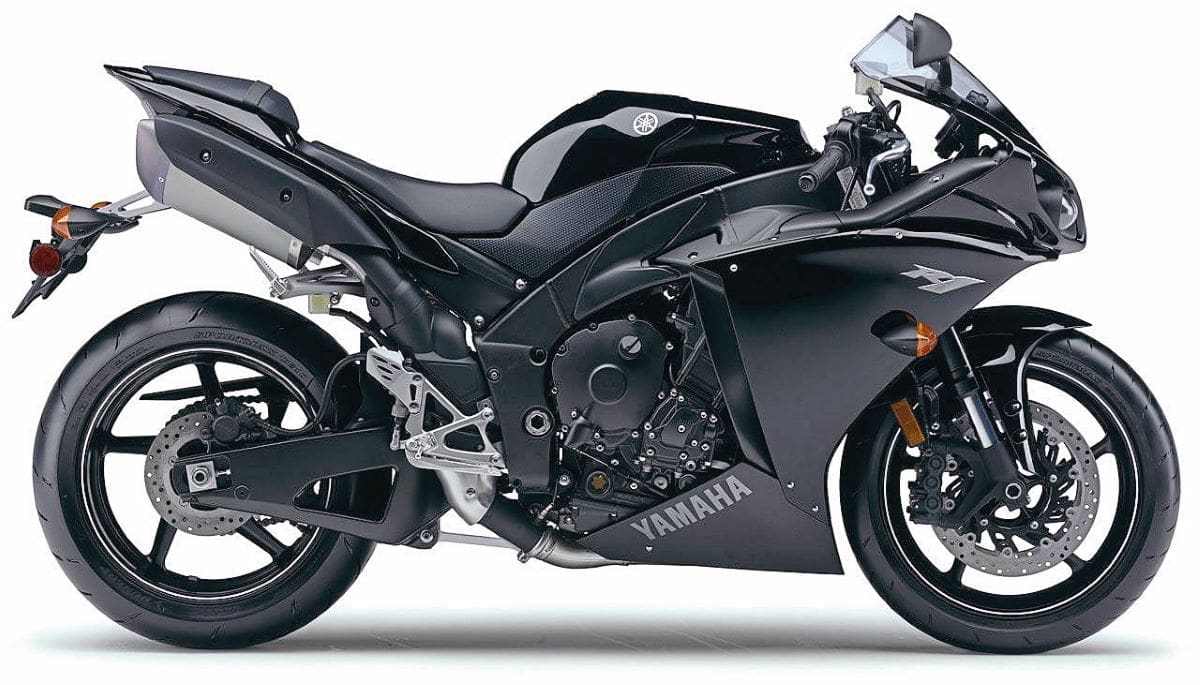
Private: £6000 Dealer: £6800
Although a touch lardy, the first crossplane R1 makes for a brilliant road sportsbike that has bags of character and that accompanying amazing MotoGP sound track!
Engine: 999cc, l/c, 16v, inline-four
Power: 182bhp @ 12,500rpm
Torque: 115.5Nm @ 10,000rpm

